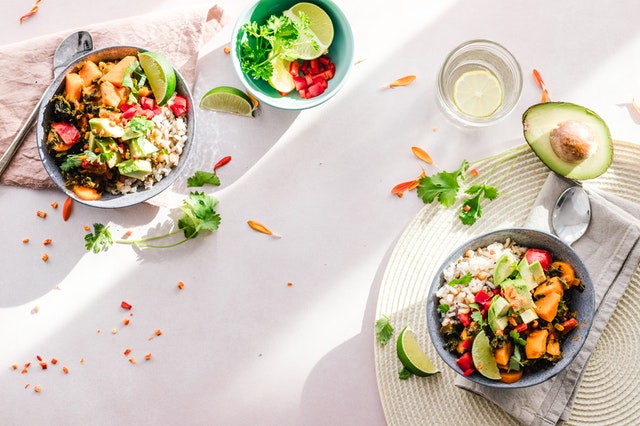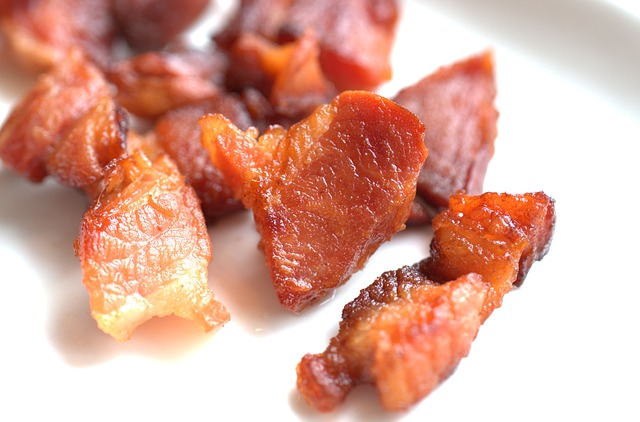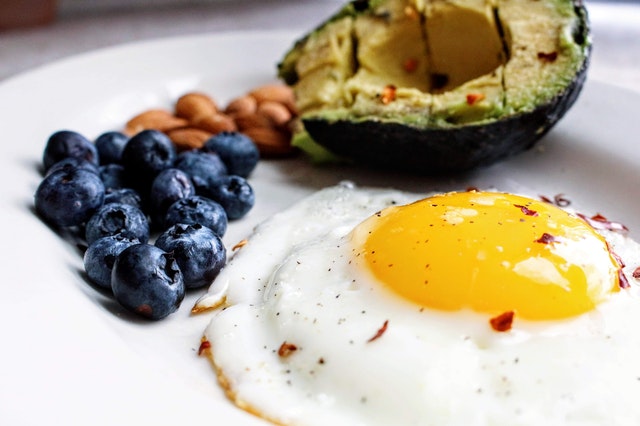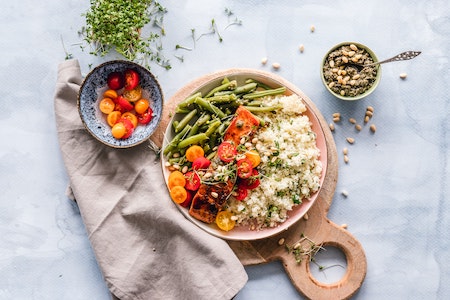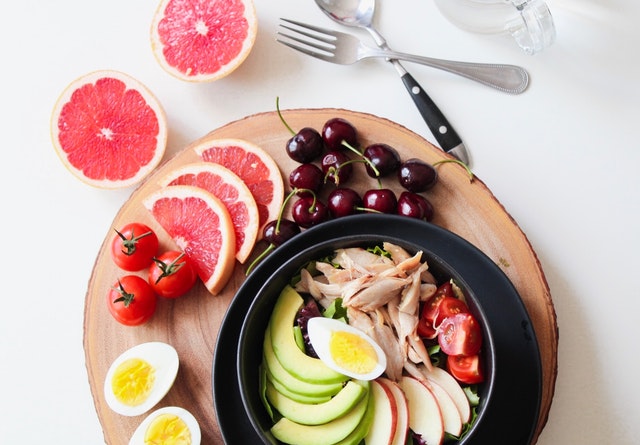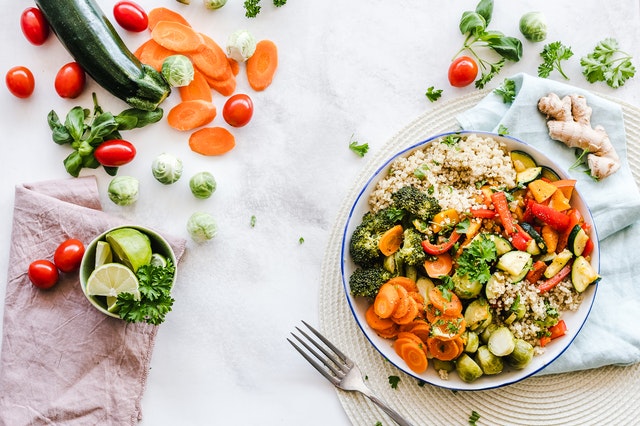Some people swear by the benefits of fasting on a regular basis. But what is it about this controversial practice that is so appealing to the masses? Is it really as beneficial as people claim? If you’ve considered fasting for health, weight loss or spirituality, here are some of the pros and cons you should know about the trending practice.

Understanding Fasting
Fasting is the process of abstaining from all food or certain food categories for a period of time. Some types of fasting also involve abstaining from liquids. It’s important to distinguish that there is a difference between fasting and starving. Fasting is the act of deliberately not eating any food, while starving is not done by choice (except in the case of serious eating disorders).
Many health and medical professionals claim that fasting is beneficial to human health, while others claim it is not. To form your own conclusion, it’s important to look at the existing evidence regarding fasting. Once you have sufficient information about the benefits and drawbacks of the popular practice, you can make an informed decision about whether or not it’s right for you.
Benefits of Fasting
There are many potential benefits to fasting, and some of them are backed by science. Here are a few of the reasons why people choose to fast.
There is also some evidence that fasting may boost longevity and provide other health benefits. Of course, in order to experience the full benefits of fasting, it’s important to stick to a healthy diet. It’s also important to pay attention to how your body feels when fasting and make sure you don’t go without food for too long.

Drawbacks of Fasting
While some people respond quite well to fasting, others do not. This suggests that the practice may not be appropriate for everyone. Here are a few of the drawbacks associated with intentionally going without food for periods of time.
For people with certain health conditions or who are taking medications, fasting may be dangerous. Some medications specifically state that they should be taken with food to alleviate side effects.
In addition to these challenges, it’s easy for people who fast regularly to suffer from nutrient deficiencies. This is because on the days they do eat, they still eat too little nutrient rich food for their daily nutritional needs. Some people also use fasting as a method to allow them to eat unhealthy food when they return to eating in an effort to balance out calories. If you want to try fasting, make sure that you're getting lots of healthy, nutrient rich foods on the days that you are eating to avoid these common problems.
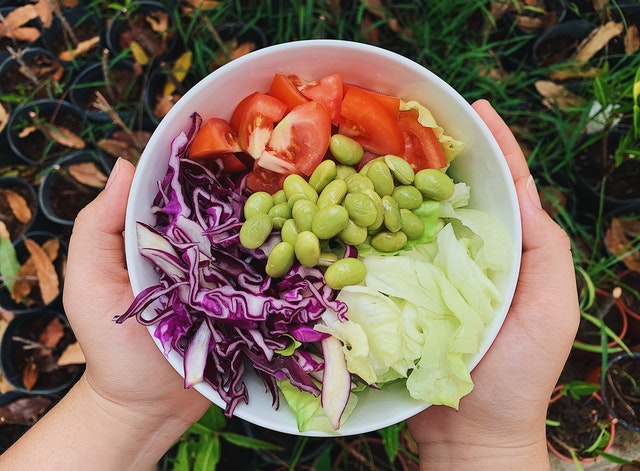
Different Types of Fasts
There are many different types of fasts, including extended fasts that last multiple days, and short fasts that last longer than one full day. Here are some of the different types of fasts people engage in.
Intermittent fasting is usually the best choice for beginners because it is easier to stick with. It’s also safer than extended fasting. If you want to experience some of the benefits of fasting for yourself, check with your doctor and give intermittent fasting a try.



